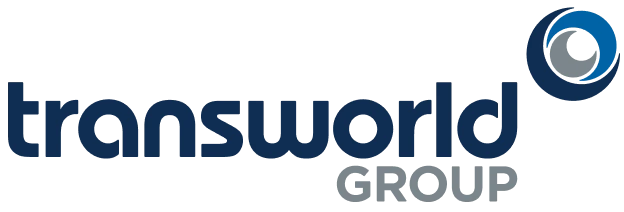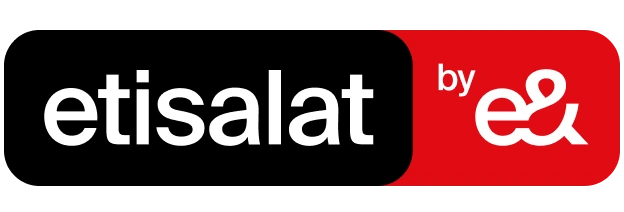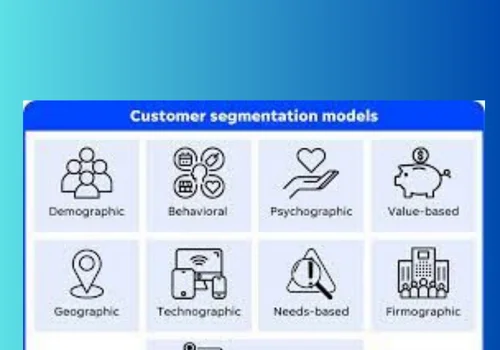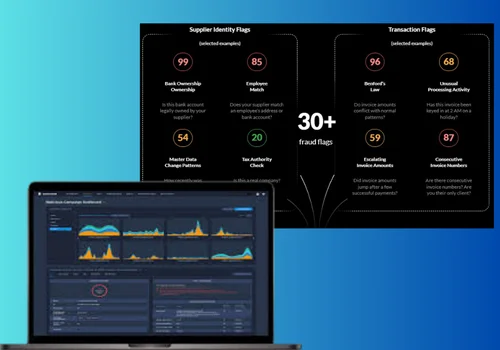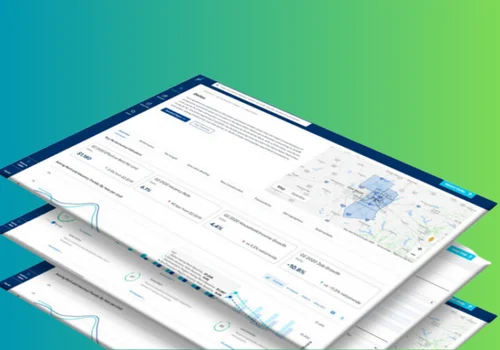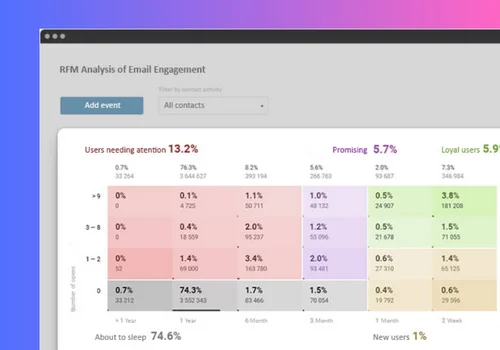Introduction of Banking analytics
Banking analytics stands at the forefront of financial innovation, utilizing data-driven insights to reshape the banking landscape. Through sophisticated algorithms and predictive models, banks harness vast amounts of data to optimize processes, mitigate risks, and deliver tailored services to customers. From personalized marketing strategies to real-time fraud detection and regulatory compliance, analytics empowers banks to stay ahead in a rapidly evolving digital ecosystem. By unlocking the power of data, banking analytics drives efficiency, fosters innovation, and ultimately enhances the overall banking experience for both customers and institutions alike.



